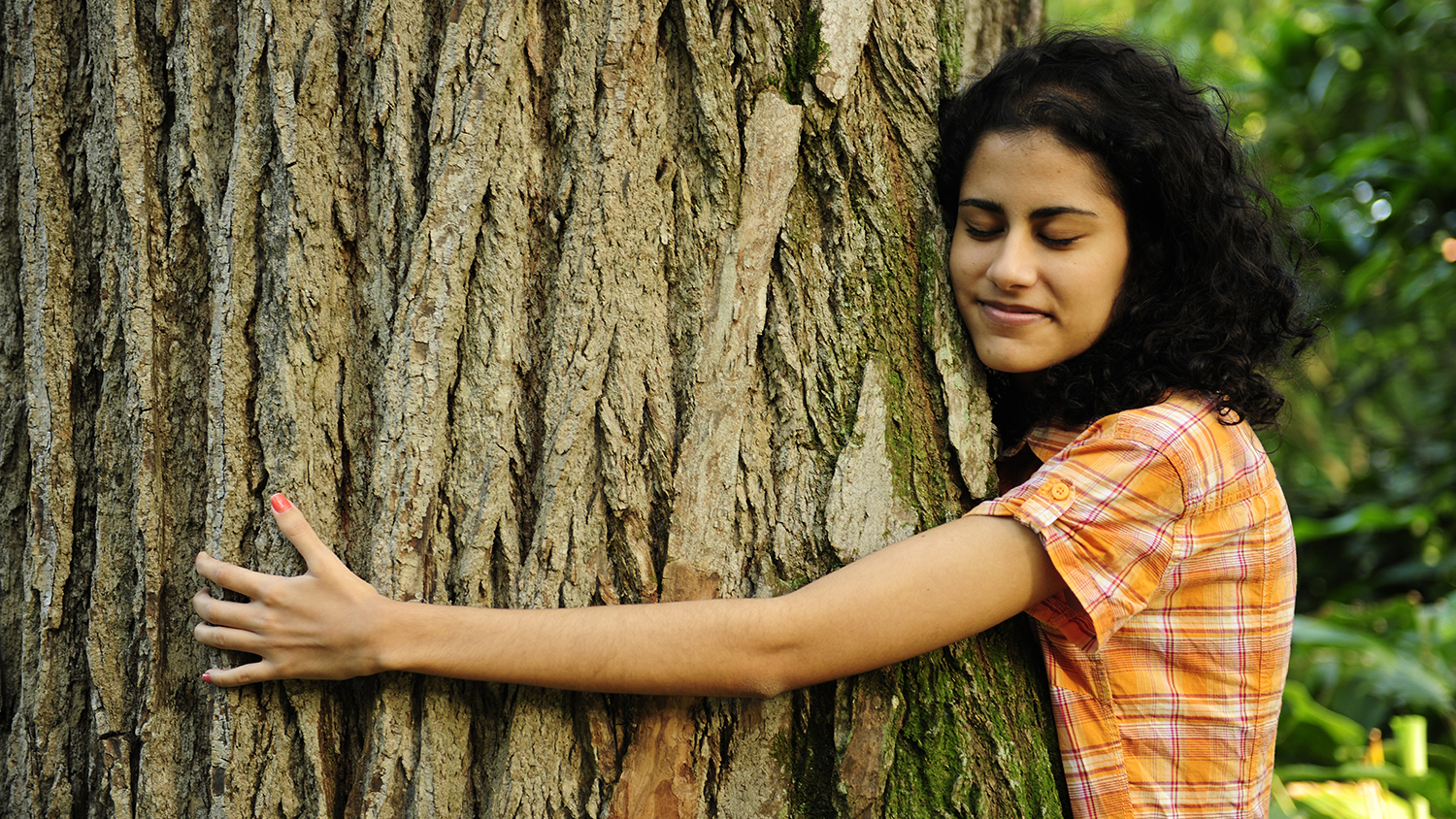Q. There is a large weeping willow tree in my front yard. It’s essentially dead, but the tree doctor says that it is salvageable if I prune it and water it with at least 300 gallons of water every month during growing season for the next 5 to 10 years.
What is the most environmentally friendly course of action? Three hundred gallons of water seems like a lot in the drought-stricken West. The environmental benefits of cutting the tree are clear (save water), as are the economic and personal risk benefits (it sheds terribly, and a branch could easily fall and hurt a person or property). But what are the environmental benefits of keeping the tree alive? The cost of cutting it down is higher in the short term ($800 to cut, $500 to prune) but probably higher in the long term due to water costs.
Betsy A.
Carbondale, Colo.
A. Dearest Betsy,
We environmentalists are famous for our warm affection for trees, as one of our most popular nicknames makes clear (that would be “treehugger,” of course). They are shady, beautiful, and are great for attracting the Bluebird of Happiness to your home. So the idea of cutting down a tree – even a dying, thirsty one – can sound terrible indeed.
So should your willow get the axe? Well, that depends. Saving the tree will cost you in both water and cash, and I wouldn’t bet on the West’s water woes suddenly ceasing to be an issue a few years down the line. And though weeping willows (native to China, not the arid Rockies) can handle some dryness, they grow best in wetter regions; this tree and your yard aren’t exactly a match made in landscaping heaven.
(Oh, and as to the risk of branches falling off and bonking someone on the head – or much worse – well, I’m no tree doctor. If a professional says you can safely keep the tree with pruning, OK. If a pro tells you the whole tree has to come down because it’s a hazard, you have your answer.)
But before we put your willow on the chopping block, Betsy, we must consider that a mature tree is a wonderful thing, environmentally speaking. When positioned to block the summer sun (the south and west sides of the house), trees cool your home enough to reduce demand for energy-intensive air conditioning by up to 30 percent. And if said trees are also planted to be windbreaks, they can also slash winter heating bills by 25 percent. When it does rain, our leafy friends reduce stormwater runoff, prevent erosion, and filter rainwater. Trees scrub the air by absorbing pollutants like sulfur dioxide, nitrogen dioxide, ozone, and particulate matter. Let’s certainly not forget that they suck up carbon dioxide and tuck it away for years for safekeeping. They also stand tall for biodiversity, providing crucial habitat for birds and other wildlife.
And all of the above doesn’t even scratch the surface of everything else these giving trees do for us, from boosting property values to reducing stress to preventing crime. It’s enough to make me want to stroll outside and hug one right now.
Perhaps the ideal solution would be to cut down the willow and replace it with a native tree that will deliver all those benefits without needing quite so much water. I spoke to Dennis Pittenger, a University of California horticulturist and expert in landscaping and drought, about your question, and he pointed out that a new tree will take years to become established, and it won’t be as tall and stately as your grown-up willow for some time – not to mention that new plantings require plenty of water to firmly take root. Without knowing the specifics of your yard and your chosen tree (soil, sun exposure, tree size and water requirements, etc), I can’t guess how much water you’d save going this route.
Pittenger suggested one possibility for easing this transition: Plant a native tree (here are some Colorado-friendly ideas) near the willow and water both for a few years until the new one has established itself, reaping the benefits of your mature tree all the while. Then, when the newbie is ready to take center stage, you say goodbye to your willow. This won’t save you any water in the short term, but you may come out ahead over the years.
In short, Betsy, any tree, even a xeriscape-approved tree, needs a drink (“Any tree is going to require supplemental water in drought periods,” Pittenger notes). But considering the huge benefits they confer, I personally think some kind of tree is worth it. Given the choice, I’d let the lawn go brown and tend to the trees, conserving water elsewhere. I think that I shall never see an empty patch of yard lovely as a tree, after all.
Arborially,
Umbra




